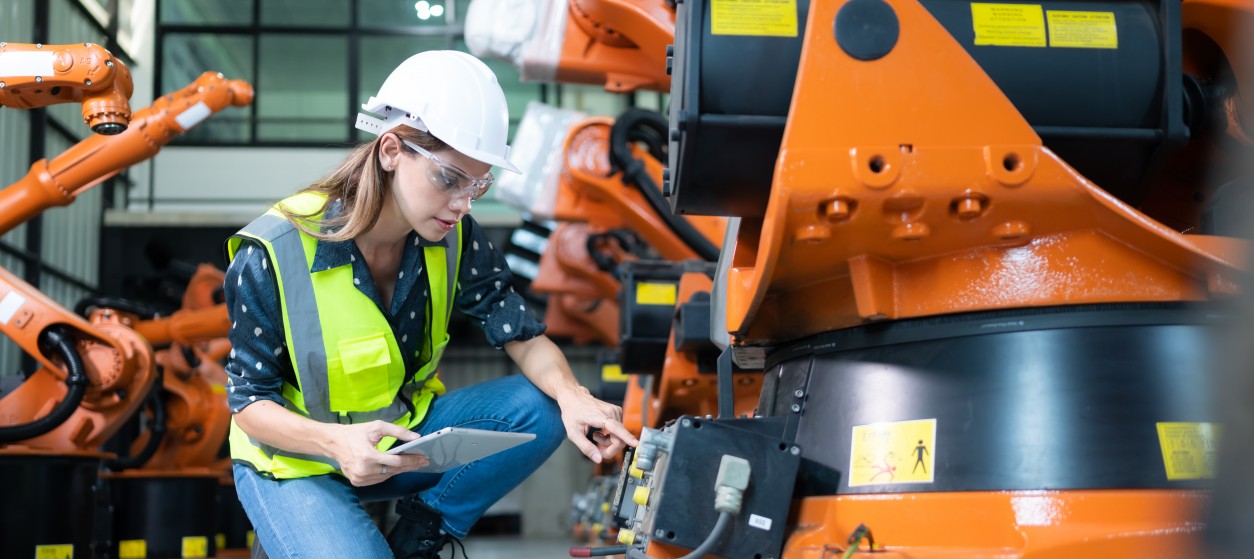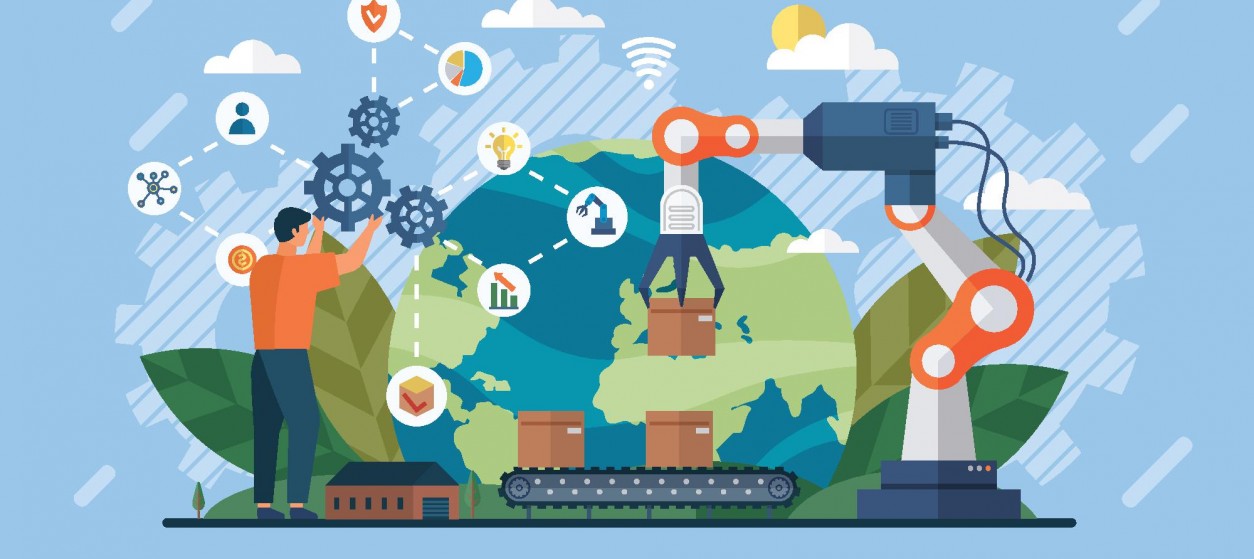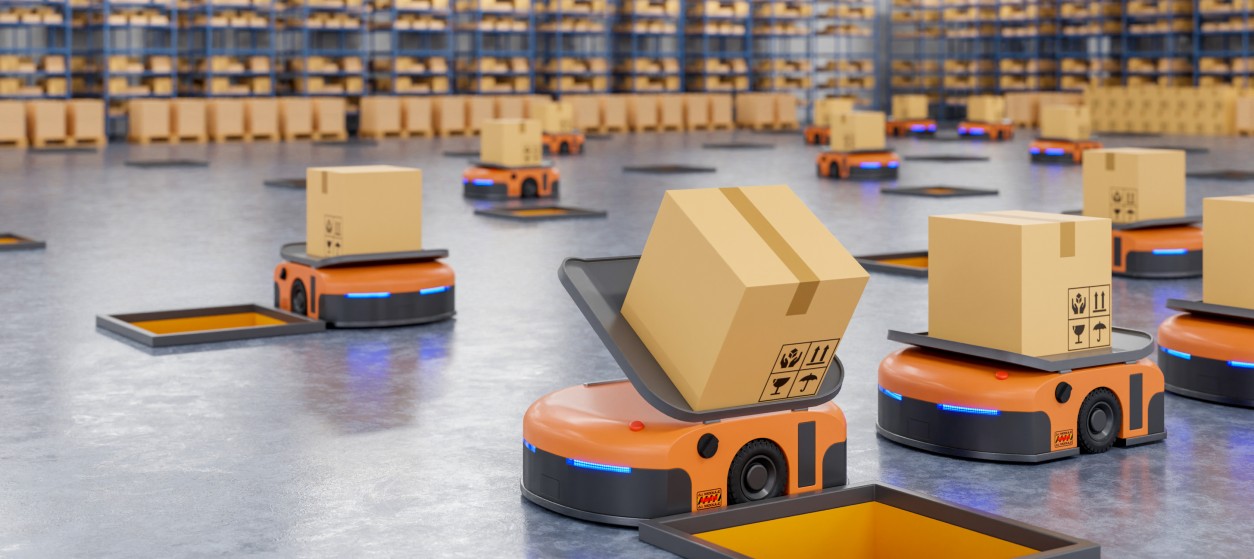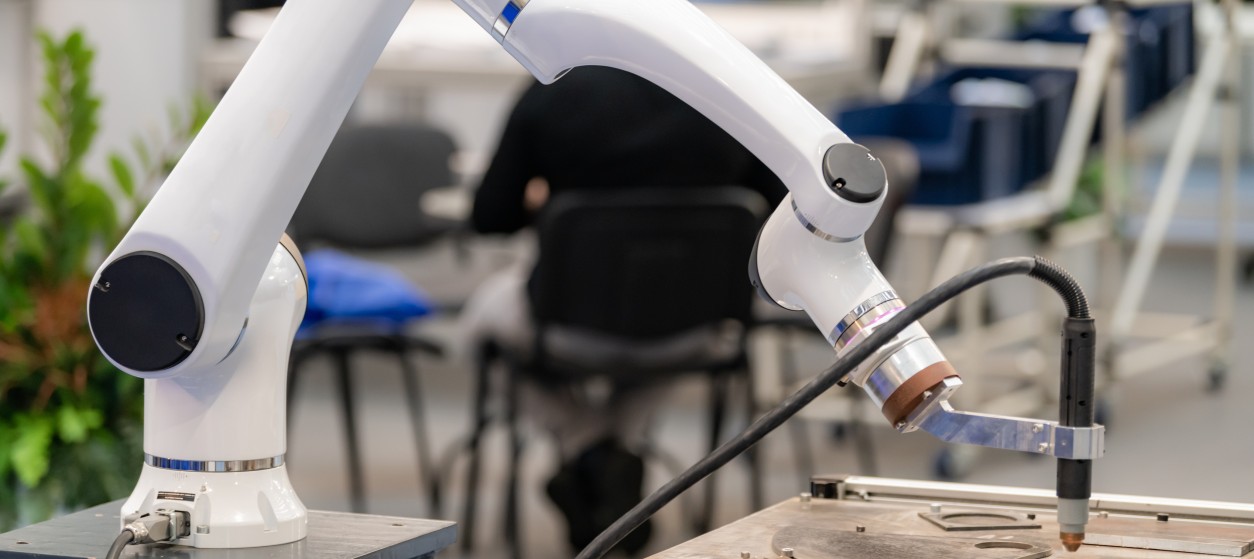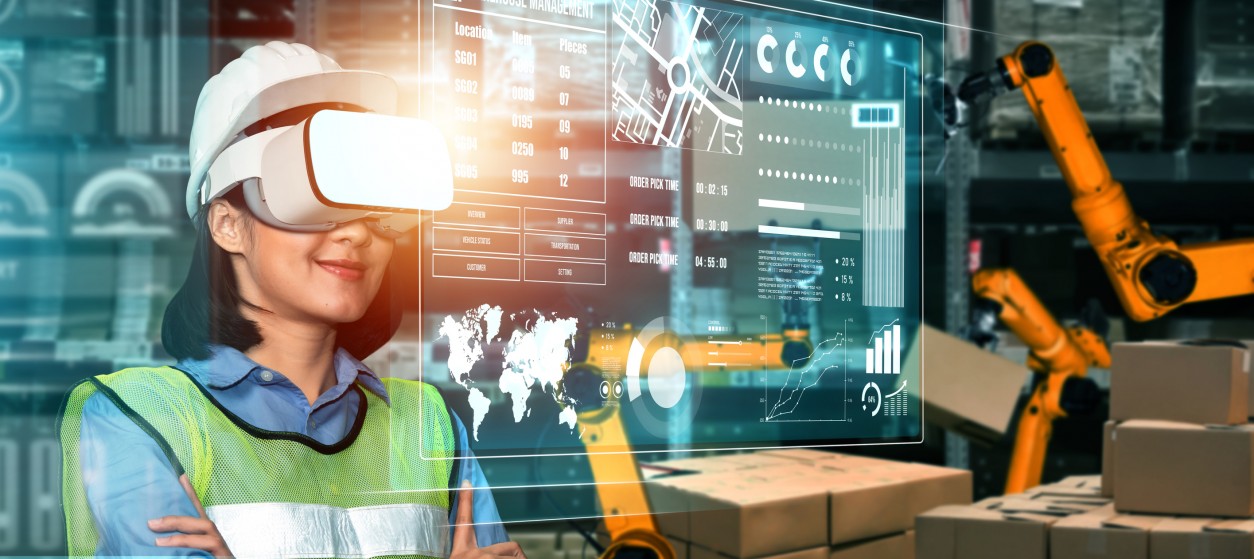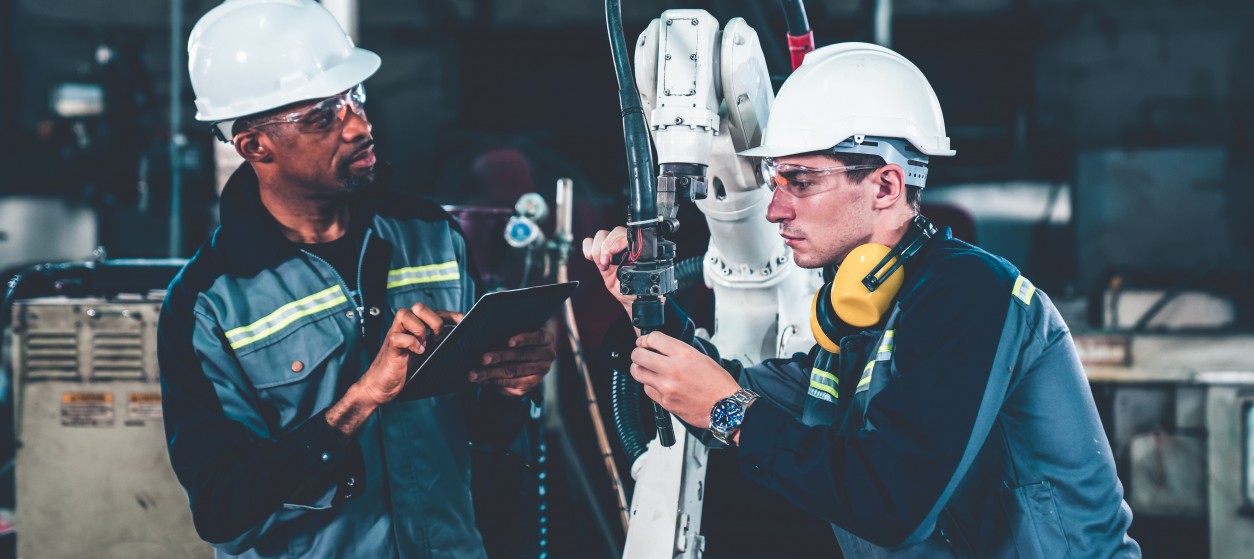For over a decade, the industrial landscape is undergoing a seismic shift, which is driven by the convergence of advanced technologies under the fourth industrial revolution (Industry 4.0). This revolution is accelerating the digital transformation of industries in ways that enable unprecedented levels of efficiency, flexibility, and innovation. In recent years, this transformation is further reinforced based on emerging technologies like generative AI and augmented/virtual reality (AR/VR), which add new layers of intelligence and capability to industrial operations.
Industry 4.0: The Foundation of Digital Transformation
At its core, Industry 4.0 represents the integration of cyber-physical systems (CPS), the Internet of Things (IoT), big data, and Artificial Intelligence (AI) into manufacturing and industrial processes. These technologies enable seamless communication between machines, systems, and humans, creating smart factories that are more efficient and adaptive. Cyber-physical systems (CPS) form the backbone of Industry 4.0 by merging physical processes with computational controls and networks. These systems rely on IoT devices to collect real-time data from sensors embedded in machinery and equipment. This data is then analyzed to optimize operations, predict failures, and enhance decision-making. For example, IoT and CPS enable popular industrial use cases such as:
- Predictive Maintenance: IoT-enabled sensors monitor equipment health in real time, which allows manufacturers to predict and address potential failures before they occur. This reduces downtime, extends equipment lifespan, and lowers maintenance costs.
- Flexible Production: IoT enables the development and integration of dynamic manufacturing systems that can adapt to changing demands. Machines equipped with CPS can reconfigure production lines in response to new product specifications or market shifts, which enhances agility.
Generative AI: A New Layer of Intelligence
Generative AI is poised to revolutionize industries by enhancing product design, supply chain management, and workforce training. Generative AI creates novel solutions by analyzing vast datasets and generating new designs, models, strategies, industrial software code and other assets that improve production capabilities. Some of the most prominent applications of generative AI in industrial settings include:
- Product Design: Generative AI accelerates innovation by generating multiple design iterations based on predefined constraints. In this direction, Generative AI models are trained on data and knowledge from past design processes, which enables them to produce relevant designs in response to appropriate prompts. For instance, automotive manufacturers use AI to design sets of lighter, more efficient components that reduce material usage while maintaining performance. The design of such components can be rapidly produced by generative AI models, rather than by human designers.
- Supply Chain Optimization: Generative AI improves demand forecasting, inventory management, and logistics planning. Specifically, Generative AI models can be enhanced with vast amounts of data from supply chain processes, which enables them to analyze and forecast market trends. The latter forecasts can drive better decisions for supply chain operations and optimizations, which leads to reduced costs, minimized waste, and improved customer satisfaction.
- Industrial Training: Nowadays, Generative AI models are also used to create immersive training simulations, which can be flexibly tailored to individual learning needs. They are also used to simulate complex scenarios, which enable workers to gain hands-on experience without risking safety or disrupting operations. Overall, Generative AI models enable the development of more personalized and safe training environments that improve learning outcomes.
AR/VR: Extending Human Capability
One more evolutionary step in the digital transformation of industries involves the integration and deployment of Augmented reality (AR) and virtual reality (VR) systems, which are gradually transforming how industries approach worker training, safety, and operational efficiency. This integration enables the following revolutionary concepts and use cases:
- Cognitive Augmentation of Industrial Environments: AR overlays digital information onto the physical world, while VR creates fully immersive virtual environments. These technologies enhance workers’ ability to interact with complex systems, which is a step to enhancing industrial environments in a cognitive way. For instance, in manufacturing settings, AR can project virtual blueprints onto assembly lines in order to help workers to identify defects or misalignments in real time. This improves product quality, while at the same time reducing waste and rework.
- Training Simulations: AR/VR enables risk-free training environments where workers can practice operating machinery or responding to emergencies without real-world consequences. Coupled with generative AI that can flexibly produce AR/VR artifacts (e.g., 3D models, 3D content, images), AR/VR simulations are destined to increase the usability and overall effectiveness of industrial training environments.
- Real-Time Guidance: AR devices can be used to provide technicians with step-by-step instructions during maintenance tasks. This is key for reducing errors and improving efficiency.
- Safety Enhancements: VR simulations allow workers to practice high-risk tasks in controlled settings, which is minimizing workplace accidents. The advent of powerful computing infrastructures (e.g., industrial devices with GPUs (Graph Processing Units)) and the rapid generation of high-quality of VR content using AI is destined to scale up the number and overall effectiveness of such VR simulations.
The Future of Industries Transformations
During the last couple of years, the digital transformation of industrial environments moves forward into Industry 5.0, a new vision that emphasizes human-machine collaboration. In this context, the integration of generative AI and AR/VR will play an even more significant role in driving business transformation. Furthermore, the following key trends are likely to shape the future of Industry 5.0 transformation and must be watched:
- Human-Centric Automation: While automation remains central to industrial innovation, the focus will shift toward enhancing human capabilities rather than replacing them.
- Sustainability: Digital technologies will enable more sustainable practices by optimizing resource use and reducing waste. Technologies like AI will be increasingly used for waste reduction and for the implementation of circular economy practices in the manufacturing value chain.
- Resilience: Advanced analytics and predictive capabilities will also help industries adapt to disruptions more effectively. The need for such resilience appears intensified following recent large-scale disruptions to the manufacturing value chain such as war outbreaks and the COVID19 pandemic.
Overall, the digital transformation of industrial environments has already redefined production operations through support for use cases like predictive maintenance, flexible production systems, and smart factories. The next wave of digital transformation will be driven by generative AI and AR/VR and will further enhance the future of industry. These technologies will foster innovation, improve safety standards, and create more resilient supply chains. Businesses must continue their journey toward digital innovation by embracing these emerging technologies. Most importantly, industrial enterprises must understand that these technologies are not just as tools for efficiency but also enablers of a smarter, safer, and more sustainable industrial ecosystem. The future of industries is destined to be intelligent, immersive, and interconnected.
